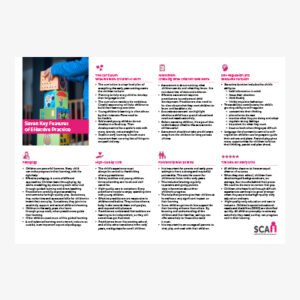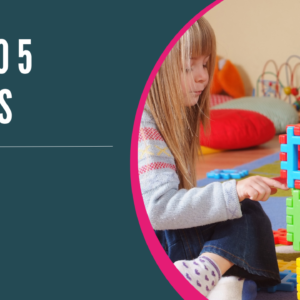Child-Led Play
£5.00
Child-led play allows children to explore, create, and learn at their own pace. It encourages independence and fosters creativity. In this approach, children choose the activities and direction of play. It supports emotional, social, and cognitive development. Child-led play helps children build problem-solving skills and boosts self-confidence. This form of play can occur indoors or outdoors, using toys, nature, or materials. Parents and educators provide a safe, supportive environment, but children have the freedom to lead their experiences. Encouraging child-led play promotes a love for learning and helps develop essential life skills in young children.
The Importance of Child-Led Play in Early Years Development
Child-led play places children at the centre of their learning journey. It allows them to explore, discover, and grow independently.
Children choose their activities based on interest and curiosity. This encourages confidence, independence, and natural motivation to learn.
What is Child-Led Play?
Child-led play happens when children take the lead in their activities. Adults observe, support, and respond without taking control.
Children decide what to play, how to play, and how long they engage. This supports deep concentration and genuine enjoyment.
Play becomes more meaningful when children follow their own ideas. They express creativity, solve problems, and develop social skills.
Why Child-Led Play Matters
Children learn best through play that reflects their interests. Play promotes emotional well-being, resilience, and decision-making skills.
This approach supports development in all areas. It builds communication, physical ability, and early literacy and numeracy skills.
When children lead, they feel respected and valued. This boosts their confidence and sense of autonomy in learning environments.
The Role of the Adult
Adults observe and listen carefully during play. They join in when invited and extend learning by asking open-ended questions.
Resources must be open-ended and accessible. Items like blocks, water trays, and loose parts invite exploration and imagination.
Adults avoid interrupting or directing. Instead, they encourage children to take risks and explore their ideas safely.
What to Look Out For
Look for signs of deep engagement. Children may repeat actions or explore one idea for a long time.
Watch for moments when children invite others to join in. Social play builds empathy, cooperation, and negotiation skills.
Children may test limits and challenge ideas. This is a normal part of development and should be supported, not restricted.
Final Thoughts
Child-led play supports holistic development and lifelong learning. It encourages children to think, imagine, and engage with the world around them.
Early years settings must value this approach. Practitioners should plan environments that empower children to lead their play with confidence and joy.






 Development Matters (Term End)
Development Matters (Term End)